Rabbit Anti-STAT1 Polyclonal Antibody
CAT#: VS3-WK1565
This antibody is a rabbit polyclonal antibody against human STAT1, which plays an important role in immune responses to viral, fungal and mycobacterial pathogens. It was affinity-purified from rabbit antiserum by affinity-chromatography using epitope-specific immunogen (synthesized peptide derived from human STAT1). It can detect endogenous levels of STAT1. This product was tested for use in WB and ELISA.





Specifications
- Immunogen
- Synthesized peptide derived from human STAT1
- Host Species
- Rabbit
- Type
- Rabbit IgG
- Specificity
- Human STAT1
- Species Reactivity
- Human, Mouse, Rat
- Applications
- WB, ELISA
- Conjugate
- Unconjugated
Product Property
- Clonality
- Polyclonal
- Purification
- Affinity purified
- Purity
- >95% as determined by SDS-PAGE
- Aggregation
- < 5%
- Format
- Liquid
- Concentration
- 1 mg/mL
- Buffer
- PBS, 0.5% BSA, 50% Glycerol
- Preservative
- 0.02% Sodium Azide
- Storage
- Store at 4°C short term. For long term storage, store at -20°C, avoiding freeze/thaw cycles.
- Shipping
- Ice packs
Applications
- Application Notes
- This antibody has been tested for use in Western Blot (1:500) and ELISA (1:10000-1/20000).
Target
- Alternative Names
- CANDF7; IMD31A; IMD31B; IMD31C; ISGF-3; STAT91
- Gene ID
- 6772
- UniProt ID
- P42224
- Long Name
- Signal transducer and activator of transcription 1
- Sequence Similarities
- Belongs to the transcription factor STAT family.
- Cellular Localization
- Cytoplasm, Nucleus
- Post Translation Modifications
- Phosphorylated on tyrosine and serine residues in response to a variety of cytokines/growth hormones including IFN-alpha, IFN-gamma, PDGF and EGF (PubMed:28753426, PubMed:26479788).
Activated KIT promotes phosphorylation on tyrosine residues and subsequent translocation to the nucleus (PubMed:21135090).
Upon EGF stimulation, phosphorylation on Tyr-701 (lacking in beta form) by JAK1, JAK2 or TYK2 promotes dimerization and subsequent translocation to the nucleus (PubMed:7657660, PubMed:28753426).
Growth hormone (GH) activates STAT1 signaling only via JAK2 (PubMed:7657660).
Tyrosine phosphorylated in response to constitutively activated FGFR1, FGFR2, FGFR3 and FGFR4 (PubMed:17561467, PubMed:19088846).
Phosphorylation on Ser-727 by several kinases including MAPK14, ERK1/2, CAMK2/CAMKII and CK2 in response to IFN-gamma stimulation, is required for maximal transcriptional activity (PubMed:7543024, PubMed:15322115, PubMed:16799645, PubMed:17897103).
Phosphorylated on Ser-727 by CAMK2/CAMKII in response to IFN-gamma stimulation and calcium mobilization, promoting activity (PubMed:11972023, PubMed:16257975).
Phosphorylated by CAMK2/CAMKII in response to IFN-beta stimulation and calcium mobilization in epithelial cells, promoting activity (PubMed:35568036).
Phosphorylation on Ser-727 promotes sumoylation though increasing interaction with PIAS (PubMed:17897103).
Phosphorylation on Ser-727 by PRKCD induces apoptosis in response to DNA-damaging agents (PubMed:15322115).
Phosphorylated on tyrosine residues when PTK2/FAK1 is activated; most likely this is catalyzed by a SRC family kinase (PubMed:11278462).
Dephosphorylation on tyrosine residues by PTPN2 negatively regulates interferon-mediated signaling (PubMed:12138178).
Upon viral infection or IFN induction, phosphorylation on Ser-708 oCcurs much later than phosphorylation on Tyr-701 and is required for the binding of ISGF3 on the ISREs of a subset of IFN-stimulated genes IKBKE-dependent (PubMed:22065572).
Phosphorylation at Tyr-701 and Ser-708 are mutually exclusive, phosphorylation at Ser-708 requires previous dephosphorylation of Tyr-701 (PubMed:22065572).
Sumoylated with SUMO1, SUMO2 and SUMO3. Sumoylation is enhanced by IFN-gamma-induced phosphorylation on Ser-727, and by interaction with PIAS proteins. Enhances the transactivation activity.
ISGylated.
Mono-ADP-ribosylated at Glu-657 and Glu-705 by PARP14; ADP-ribosylation prevents phosphorylation at Tyr-701 (PubMed:27796300).
However, the role of ADP-ribosylation in the prevention of phosphorylation has been called into question and the lack of phosphorylation may be due to sumoylation of Lys-703 (PubMed:29858569).
Monomethylated at Lys-525 by SETD2; monomethylation is necessary for phosphorylation at Tyr-701, translocation into the nucleus and activation of the antiviral defense.
(Microbial infection) Ubiquitinated by Herpes simplex virus 2 E3 ubiquitin ligase ICP22.
- Protein Refseq
- NP_009330.1; NP_644671.1
- Function
- Signal transducer and transcription activator that mediates cellular responses to interferons (IFNs), cytokine KITLG/SCF and other cytokines and other growth factors. Following type I IFN (IFN-alpha and IFN-beta) binding to cell surface receptors, signaling via protein kinases leads to activation of Jak kinases (TYK2 and JAK1) and to tyrosine phosphorylation of STAT1 and STAT2.
Customer Review
There are currently no Customer reviews or questions for VS3-WK1565. Click the button above to contact us or submit your feedback about this product.
Submit Your Publication
Published with our product? Submit your paper and receive a 10% discount on your next order! Share your research to earn exclusive rewards.
Related Diseases
Related Signaling Pathways
Downloadable Resources
Download resources about recombinant antibody development and antibody engineering to boost your research.
Product Notes
This is a product of Creative Biolabs' Hi-Affi™ recombinant antibody portfolio, which has several benefits including:
• Increased sensitivity
• Confirmed specificity
• High repeatability
• Excellent batch-to-batch consistency
• Sustainable supply
• Animal-free production
See more details about Hi-Affi™ recombinant antibody benefits.
Datasheet
MSDS
COA
Certificate of Analysis LookupTo download a Certificate of Analysis, please enter a lot number in the search box below. Note: Certificate of Analysis not available for kit components.
Secondary Antibody
- CAT
- Product Name
Isotype Control
- CAT
- Product Name
See other products for "STAT1"
Select a product category from the dropdown menu below to view related products.
| CAT | Product Name | Application | Type |
|---|---|---|---|
| BRD-0563MZ | Chicken Anti-STAT1 (ab1) Polyclonal IgY | WB | Chicken antibody |
| BRD-0564MZ | Chicken Anti-STAT1 (ab2) Polyclonal IgY | WB | Chicken antibody |
| CAT | Product Name | Application | Type |
|---|---|---|---|
| MOR-3425 | Hi-Affi™ Recombinant Rabbit Anti-STAT1 Monoclonal Antibody (DS3425AB) | WB | IgG |
| MOR-4710 | Hi-Affi™ Recombinant Rabbit Anti-STAT1 Monoclonal Antibody (TH224DS) | WB, IF, ICC, IHC-P | IgG |
| CAT | Product Name | Application | Type |
|---|---|---|---|
| MHC-CN0335 | APC-A*02:01/Human STAT-1 (VLWDRTFSL) MHC Tetramer | FCM | |
| MHC-CN0336 | PE-A*02:01/Human STAT-1 (VLWDRTFSL) MHC Tetramer | FCM |
| CAT | Product Name | Application | Type |
|---|---|---|---|
| ZG-113R | Mouse Anti-STAT1 Recombinant Antibody (ZG-113R) | WB | Mouse IgG |
| ZG-0580U | Rabbit Anti-Phospho-STAT1 (S727) Recombinant Antibody (clone 2H10) | ELISA, WB, IHC, IF | Rabbit IgG |
| VS3-QX1057 | Mouse Anti-STAT1 Recombinant Antibody (clone 6C2-F7-D12) | WB, IP | Mouse IgG2a |
| VS3-QX1058 | Mouse Anti-STAT1 Recombinant Antibody (clone 10F1-3C3-7F1) | IHC | Mouse IgG1 |
| VS3-CJ943 | Mouse Anti-STAT1 Recombinant Antibody (VS3-CJ943) | WB | Mouse IgG1 |
| CAT | Product Name | Application | Type |
|---|---|---|---|
| VS-0424-XY248 | AbPlus™ Anti-STAT1 Magnetic Beads (CBACN-527) | IP, Protein Purification | |
| VS-0724-YC962 | AbPlus™ Anti-STAT1 Magnetic Beads (VS-0724-YC962) | IP, Protein Purification |
| CAT | Product Name | Application | Type |
|---|---|---|---|
| VS-1024-XY492 | Rabbit Anti-NHP STAT1 Recombinant Antibody (VS-1024-XY492) | WB, IHC, IF | Rabbit IgG |
| CAT | Product Name | Application | Type |
|---|---|---|---|
| VS13-YC1116 | CytoStream™ Rabbit Anti-STAT1 Recombinant Antibody (VS13-YC1116) | WB, IP, FC | Rabbit IgG |
| VS13-YC1117 | CytoStream™ Rabbit Anti-STAT1 Recombinant Antibody (VS13-YC1117) | WB, ICC, IF, IHC-P, IP, FC | Rabbit IgG |
| CAT | Product Name | Application | Type |
|---|---|---|---|
| VS-0325-XY2193 | Anti-STAT1 Immunohistochemistry Kit | IHC | |
| VS-0525-XY6947 | Anti-Mouse STAT1 Immunohistochemistry Kit | IHC | |
| VS-0525-XY6946 | Anti-Human STAT1 Immunohistochemistry Kit | IHC |
Popular Products

Application: ELISA, FC, IP, FuncS, IF, Neut, ICC

Application: ELISA, FC, IP, FuncS, IF, Neut, ICC

Application: WB, IF, FuncS

Application: WB, ELISA, FC, IHC, IP
-2.png)
Application: WB, ELISA, FC, IHC, IP

Application: ELISA, IHC, FC, IP, IF, Inhib

Application: ELISA, FuncS

Application: ELISA, FC, Inhib
For research use only. Not intended for any clinical use. No products from Creative Biolabs may be resold, modified for resale or used to manufacture commercial products without prior written approval from Creative Biolabs.
This site is protected by reCAPTCHA and the Google Privacy Policy and Terms of Service apply.








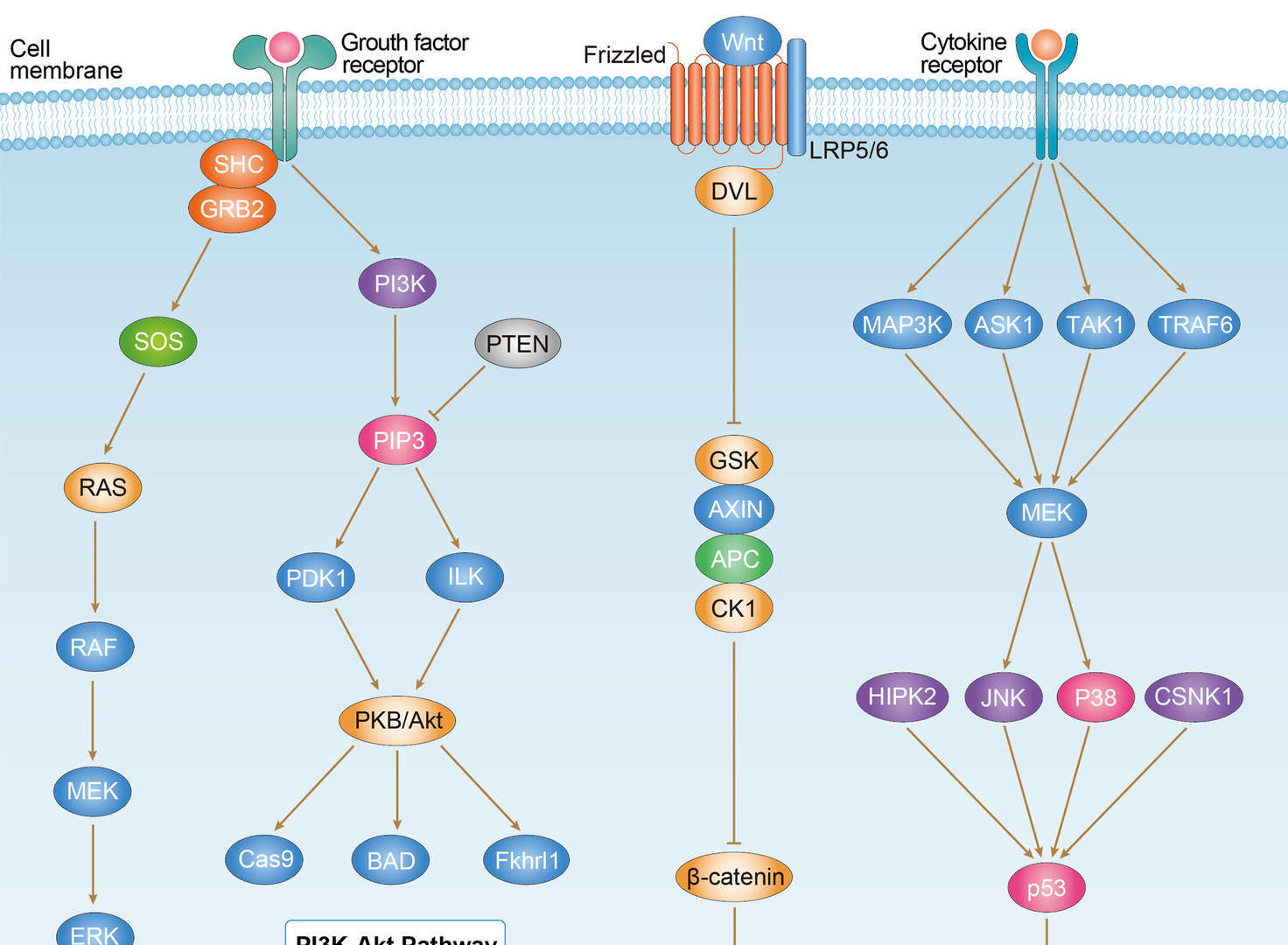 Endometrial Cancer
Endometrial Cancer
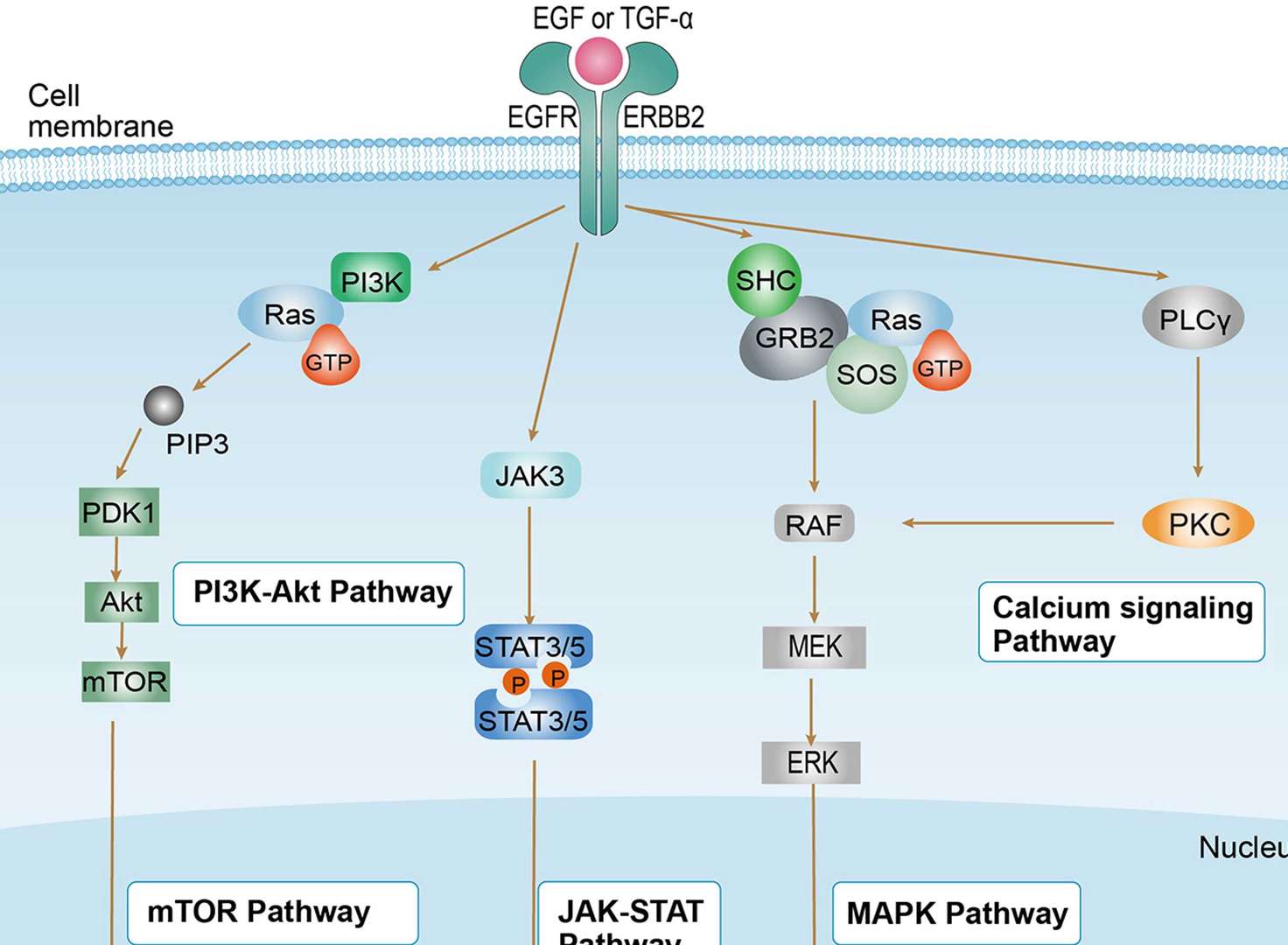 Non-small Cell Lung Cancer
Non-small Cell Lung Cancer
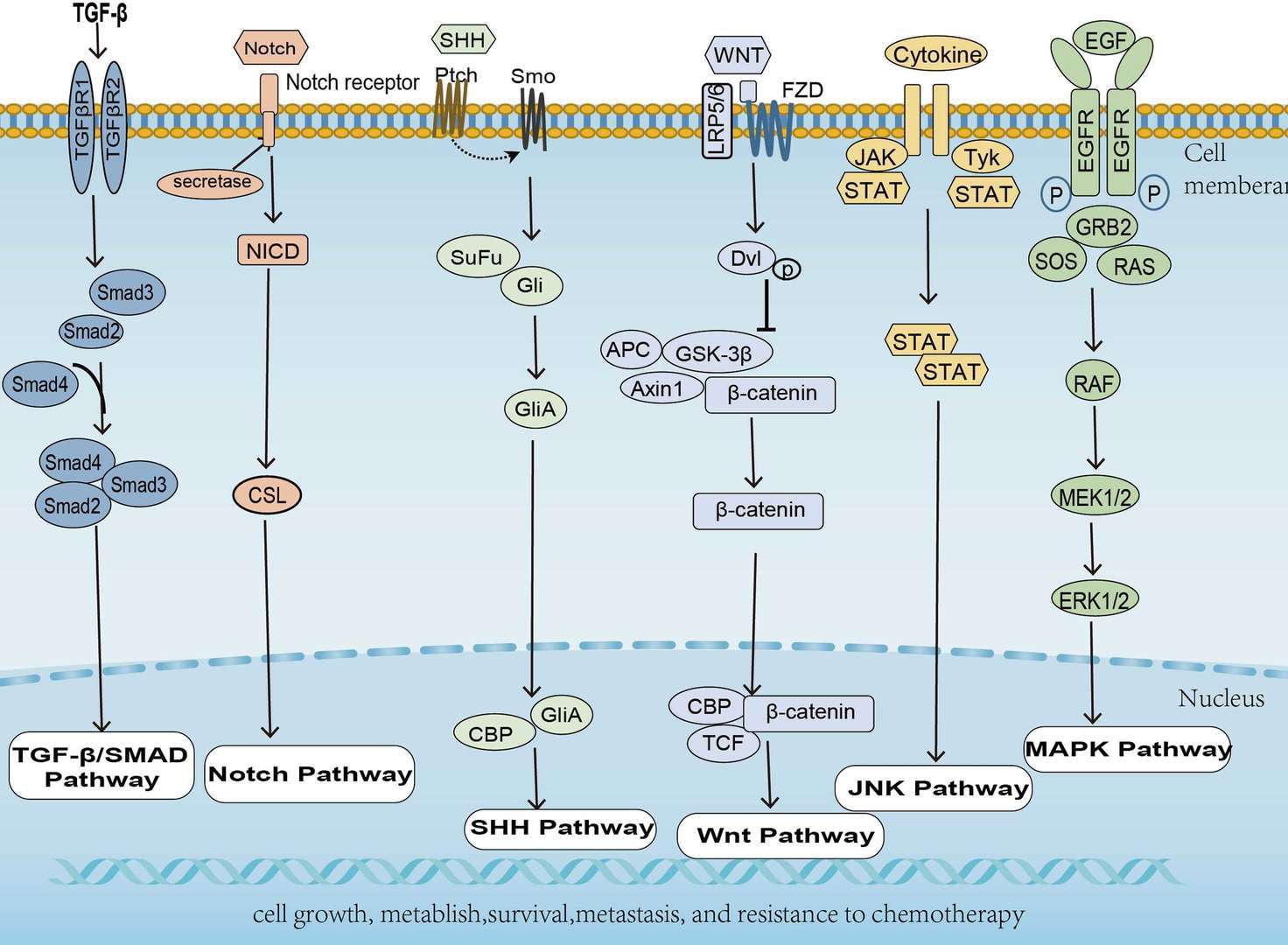 Pancreatic Cancer
Pancreatic Cancer
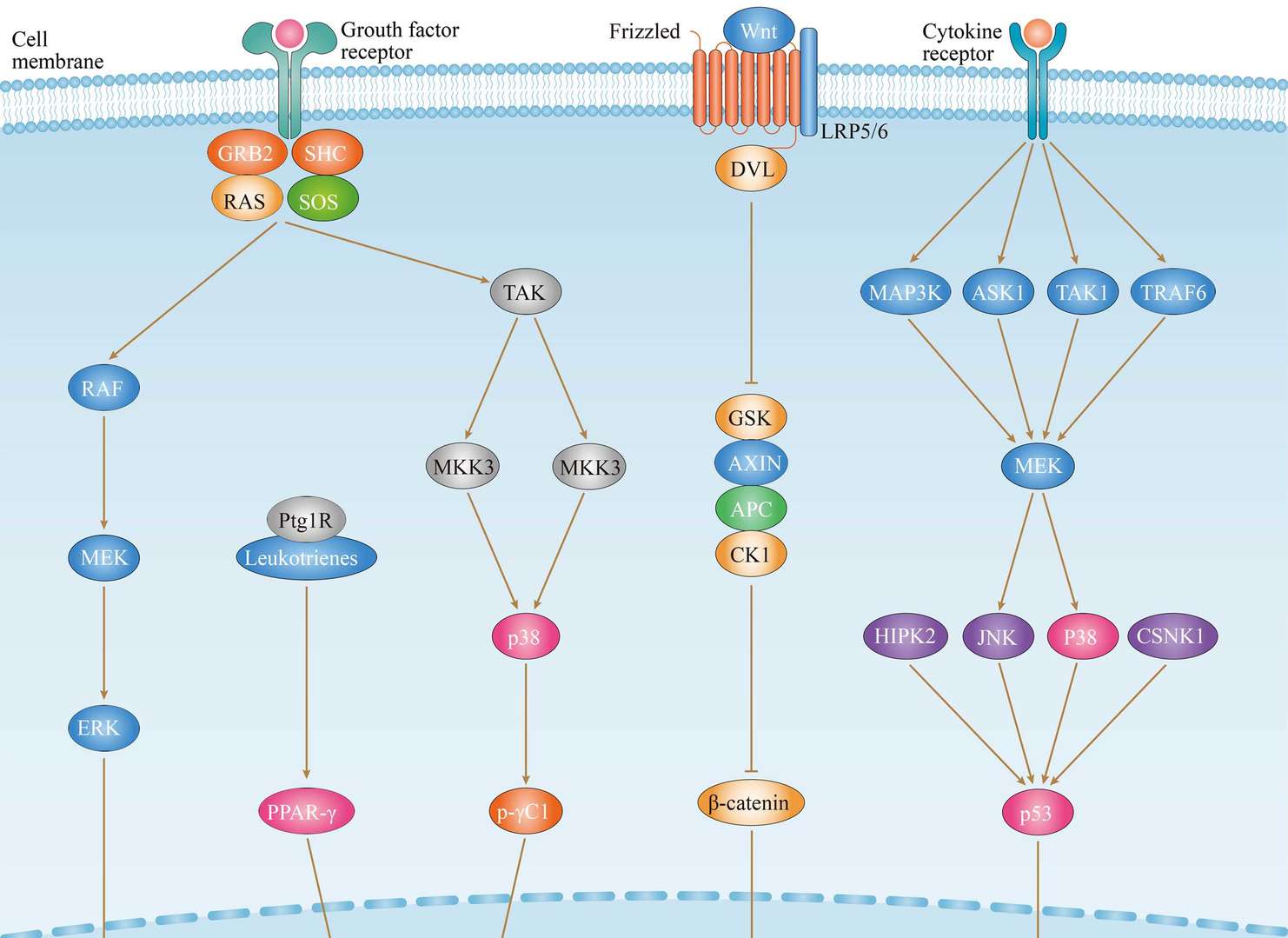 Throid Cancer
Throid Cancer
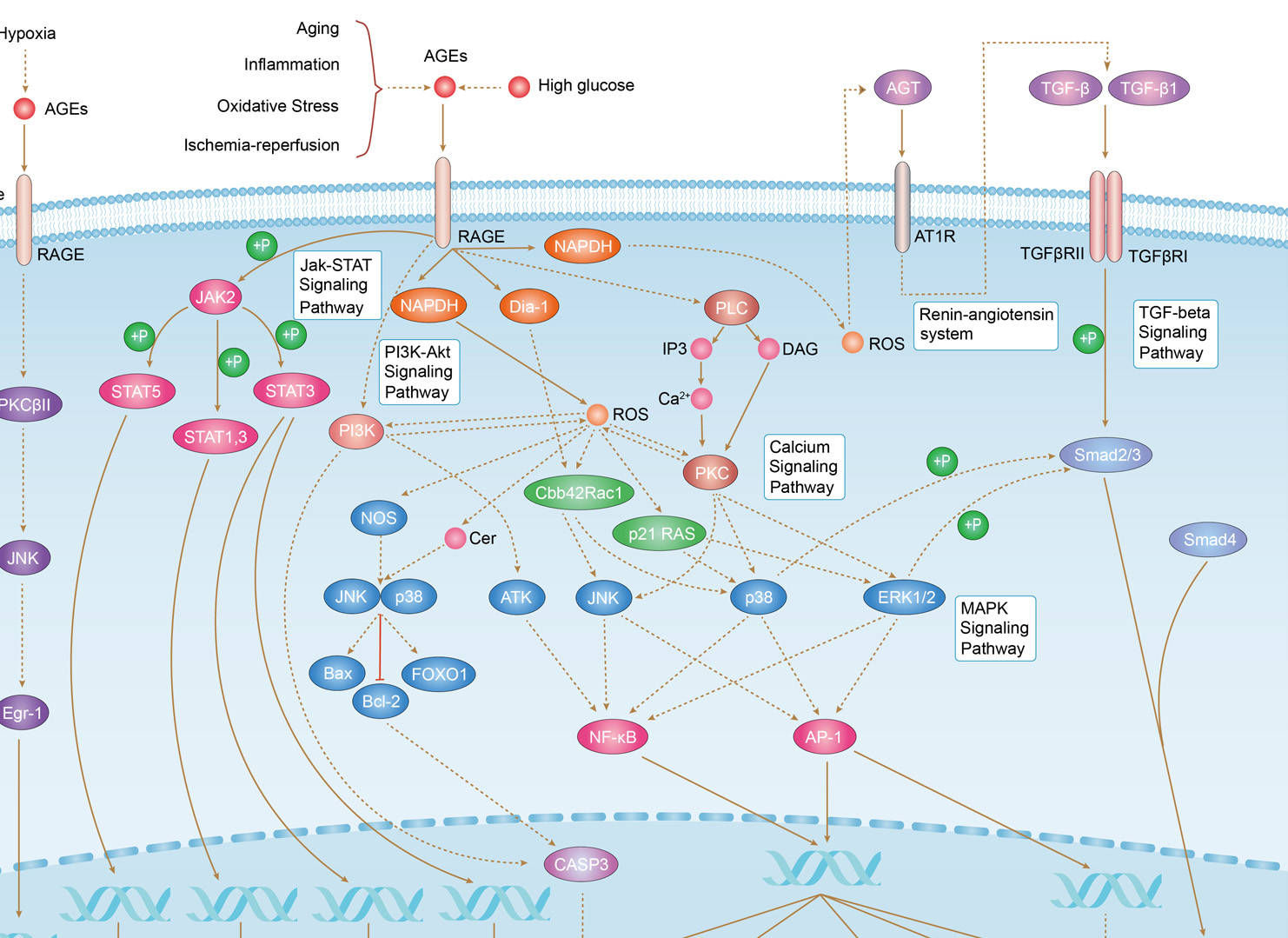 AGE-RAGE Signaling Pathway in Diabetic Complications
AGE-RAGE Signaling Pathway in Diabetic Complications
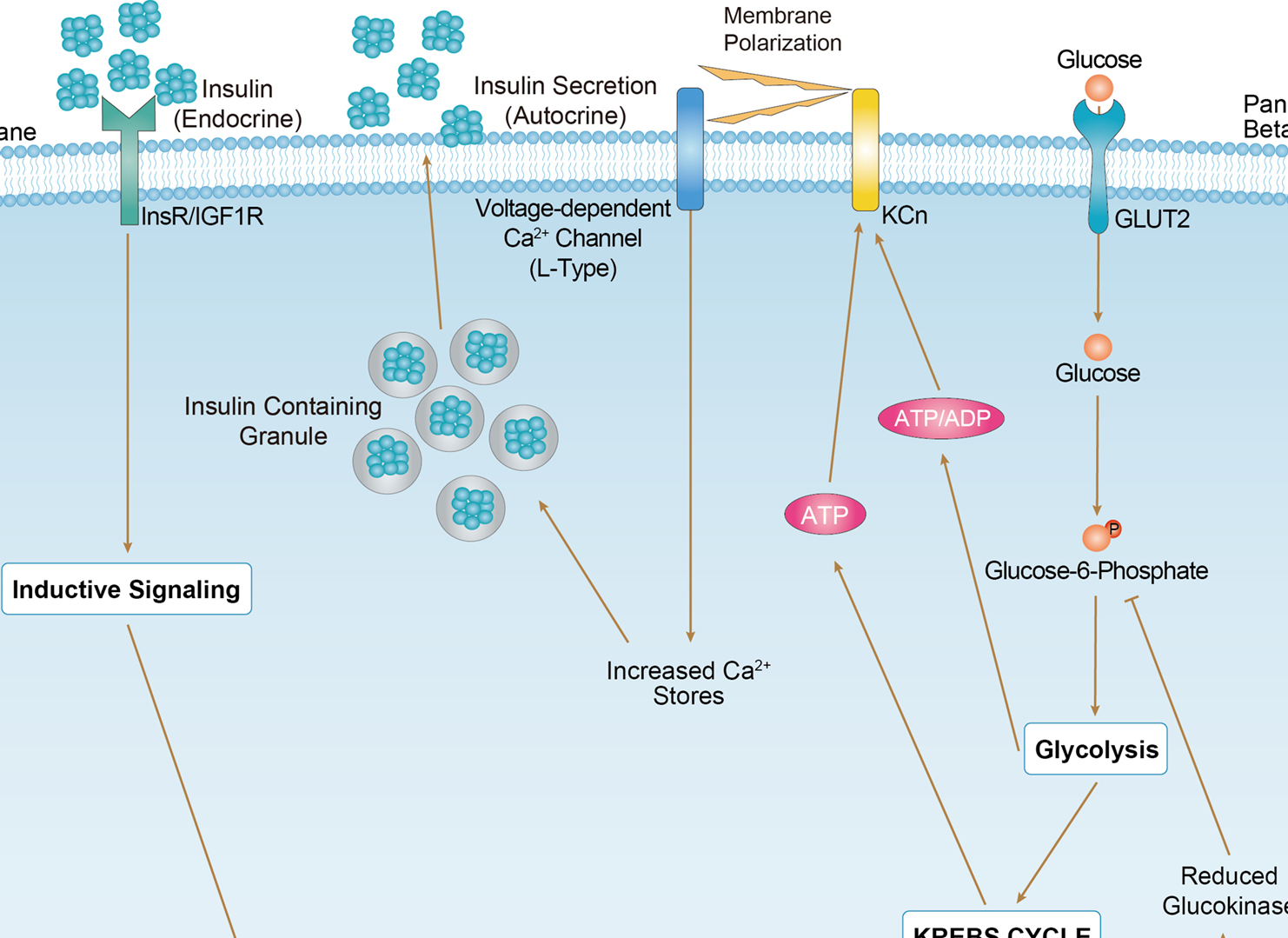 Maturity Onset Diabetes of the Young
Maturity Onset Diabetes of the Young
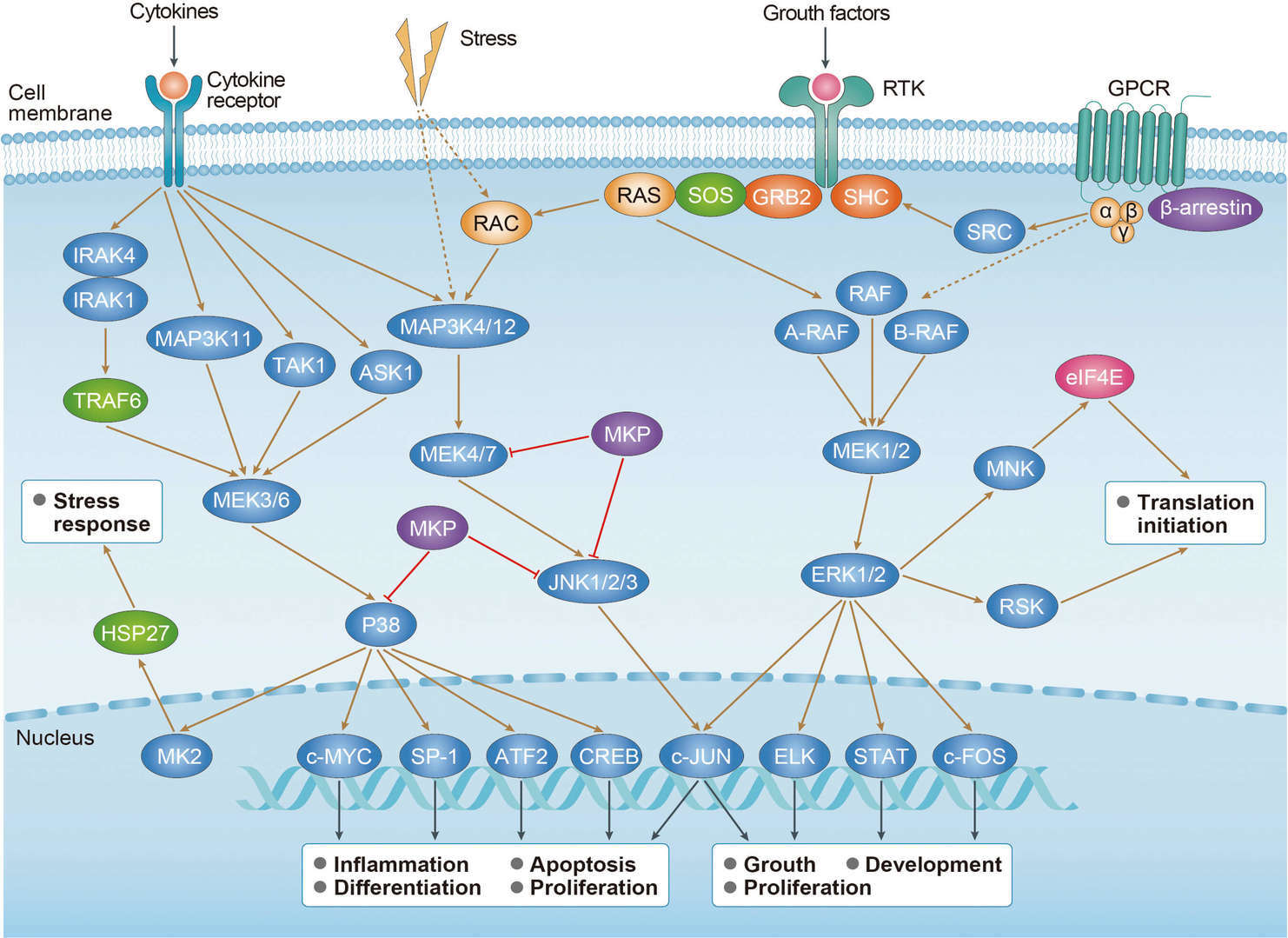 MAPK Signaling Pathway
MAPK Signaling Pathway













-2.png)
